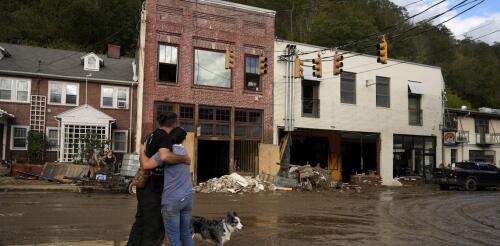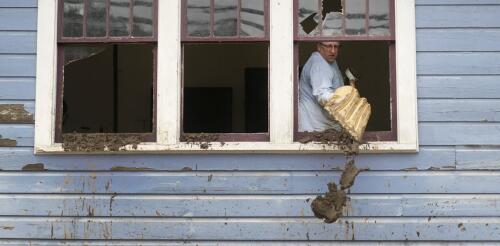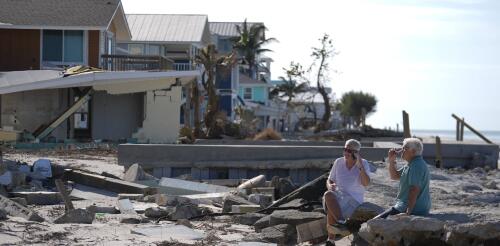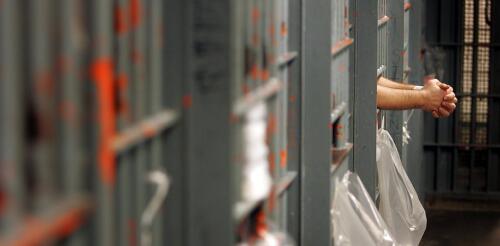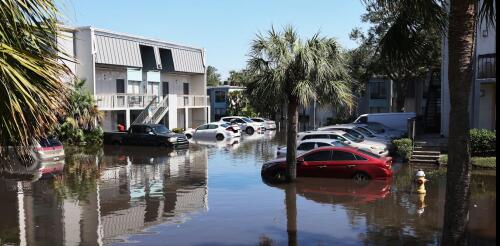Hurricane Helene
Some hurricanes are remembered for their wind damage or rainfall. Others for their coastal flooding. Hurricane Helene was a stew of all of that and more. Its near-record-breaking size, storm surge, winds and rainfall together turned Helene into an almost unimaginable disaster that stretched more than 500 miles inland from the Florida coast. At least 230 people died across Florida, Georgia, South Carolina, North Carolina, Tennessee and Virginia as Helene flooded towns, destroyed roads and bridges and swept away homes. In Florida, Helene’s storm surge caused damage along hundreds of miles of coast. As residents there cleaned up debris, another dangerous hurricane was headed their way. Some of the same areas hit hard by Helene on Sept. 26, 2024 – including Tampa Bay and Cedar Key – were forecast to see more flooding and an even higher storm surge in Tampa Bay from Hurricane Milton, expected to make landfall as early as Oct. 9. The majority of Helene’s vic...
The trauma of natural disasters doesn’t end when the storm or wildfire is gone, or even when communities are being put back together and homes have been rebuilt. For many people, being displaced by a disaster has long-term consequences that often aren’t obvious or considered in disaster aid decisions. We study public policy and disaster response. To get a better understanding of the ongoing challenges disaster victims face – and how officials can respond more effectively – we analyzed U.S. Census Bureau surveys that ask people nationwide about their disaster displacement experiences, as well as their stress and anxiety. The results show how recovery from disasters such as hurricanes, wildfires, tornadoes and flooding involves more than rebuilding, and how already vulnerable groups are at the greatest risk of harm. Millions are displaced every year The Census Bureau’s Household Pulse Survey has been continually collecting data on people’s so...
In a pattern all too familiar to people affected by disasters, hurricanes Helene and Milton have disappeared from the headlines, just a few weeks after these disasters ravaged the Southeast. Although reporters have moved on, recovery is just beginning for people who were displaced. According to government and private analysts, damages may exceed US$50 billion apiece for these two storms. The Red Cross estimates that over 7,200 homes were destroyed or severely damaged and that more than 1,200 people were living in shelters across the affected states as of late October 2024. Staffers from the Federal Emergency Management Agency have been on the ground since before Helene and Milton hit, positioned to help as soon as the storms passed, along with state and local responders. But many people aren’t clear about how FEMA helps or what its responsibilities are. This may be one reason why the agency has had to dispel rumors about its response to Helene in North Carolina, such as...
The United States has almost 2 million people behind bars in prisons, jails and detention centers – the largest such population in any country. Although incarcerated people are locked away from the outside world, they are even more vulnerable to the impacts of disasters, such as hurricanes and wildfires, than the rest of society. People who are incarcerated can’t take protective actions, such as evacuating or securing their belongings. They have no say in decisions that the system makes for them. Instead, they must depend on staff and administrators to protect their health and safety. In September 2024, for example, Hurricane Helene made landfall in Florida, triggering mandatory evacuations in 20 counties and emergency declarations in 61 counties along its path. Despite a mandatory evacuation in Wakulla County, the populations of two state prisons and a county jail were not evacuated. As Helene traveled northward, 2,000 incarcerated people were evacuated from pris...
Flooding from hurricanes Helene and Milton inflicted billions of dollars in damage across the Southeast in September and October 2024, pushing buildings off their foundations and undercutting roads and bridges. It also caused dozens of electric vehicles and other battery-powered objects, such as scooters and golf carts, to catch fire. According to one tally, 11 electric cars and 48 lithium-ion batteries caught fire after exposure to salty floodwater from Helene. In some cases, these fires spread to homes. When a lithium-ion battery pack bursts into flames, it releases toxic fumes, burns violently and is extremely hard to put out. Frequently, firefighters’ only option is to let it burn out by itself. Particularly when these batteries are soaked in saltwater, they can become “ticking time bombs,” in the words of Florida State Fire Marshall Jimmy Patronis. That’s because the fire doesn’t always occur immediately when the battery is flooded. Accordin...
